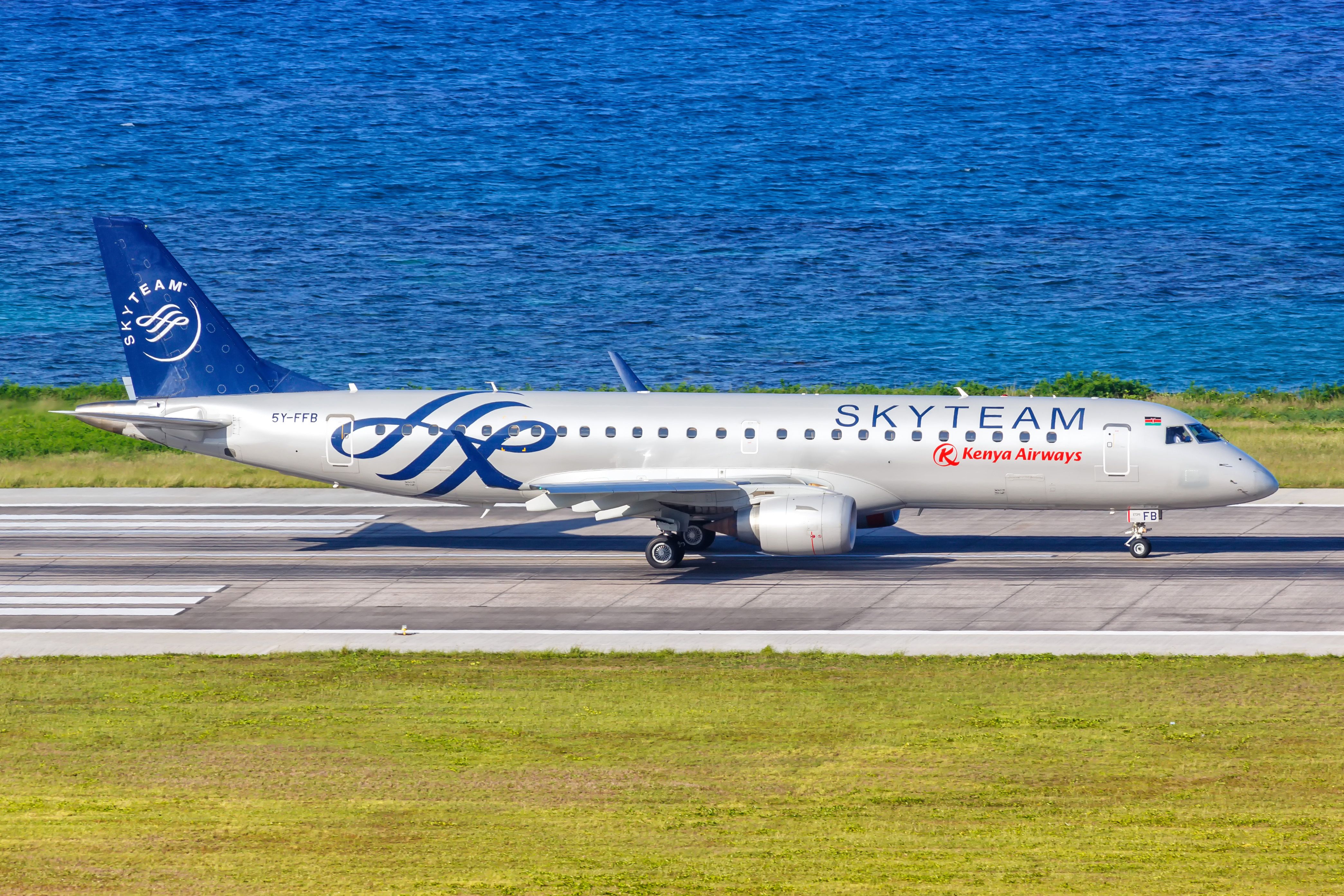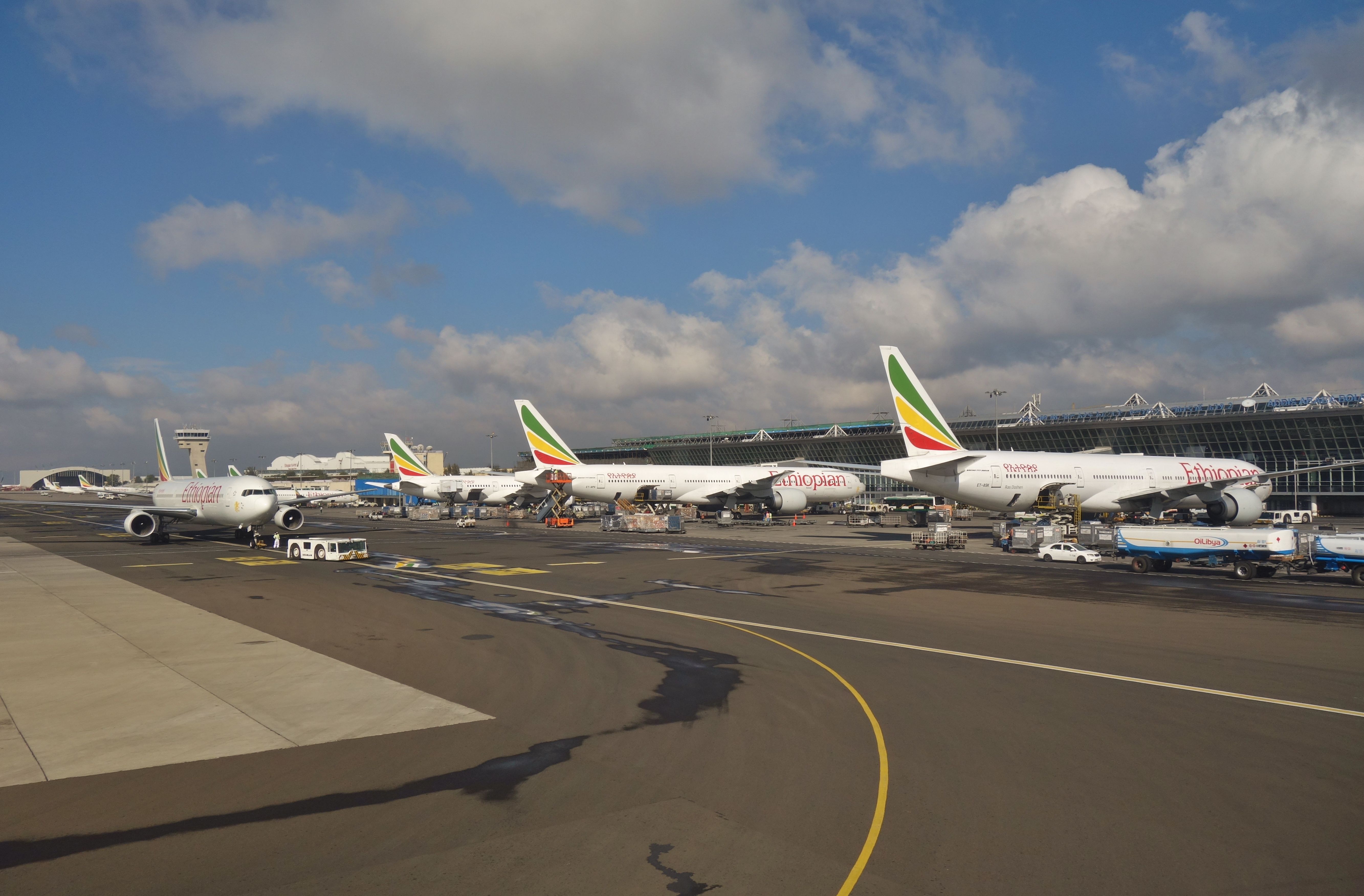Summary
Ethiopian Airlines has outgrown Kenya Airways in East Africa, with a 423% differential in capacity.
African national carriers face challenges like leadership changes and a lack of consistent long-term plans.
Ethiopian Airlines has a clear, comprehensive strategy for growth, while Kenya Airways struggles to be profitable.
Africa is a diverse market, typically characterized by four distinct regions: North, East, West, and South. Each region has at least two large national markets with decent national carriers, domestic connectivity, and flights to several international destinations. While it is seen as a continent with immense potential, it faces unique challenges that hinder its growth.
The lack of connectivity created by restrictive air service agreements, high costs and taxes, insufficient infrastructure, and political interference are among the challenges that have stopped African airlines from growing and becoming profitable. However, Addis Ababa-based Ethiopian Airlines has seen an incredible success story. While it was not always Africa’s largest carrier, it slowly outgrew other national airlines, including its East African rival, Kenya Airways.
Competition in East Africa
While there are many players in East Africa, Kenya and Ethiopia dominate the market. Starting from the early 2000s, the countries and their national carriers were regarded as ambitious, well-managed operations with potential for further growth. However, over the last two decades, Ethiopian Airlines has significantly outgrown Kenya Airways, and their competitive rivalry has become a thing of the past.
According to OAG, there was a 26% differential in capacity between the two airlines in 2000. Twenty-four years later, that differential has increased to 423%, with Ethiopian Airlines dominating. Since 2012, the Ethiopian national carrier, known as the New Spirit of Africa, has flown far ahead of its Kenyan counterpart. In that period, Ethiopian Airlines had an Annual Average Growth Rate of 12.8%, over twice as much as Kenya Airways, with 5.8%.
The two carriers share some similarities in terms of their international network. An OAG analysis shows that at least 60% of their scheduled capacity remains within East Africa, but Ethiopian Airlines has a much larger share in medium/long-haul markets like Central Africa and Europe, accounting for 10% of capacity production. Southern and Central Africa are Kenya Airways’ largest regional markets, with almost 90% of capacity production.

Photo: Markus Mainka | Shutterstock
In comparison, Ethiopian Airlines relies 76% on the African market. Kenya Airways’ dependence on this market and its fragility may have thwarted its growth. As of June 2024, Ethiopian Airlines, a Star Alliance member, serves over 120 international destinations in more than 80 countries, while SkyTeam’s Kenya Airways serves about 42 international destinations in 34 countries.
Long-term strategy and vision
Another challenge African national carriers face is the continuous change of leadership and long-term plans. This has also been the case at South African Airways, where there have been at least four CEOs in the last five years. Similarly, Kenya Airways has changed strategies regularly as political interests have impacted both short-term changes and long-term results.
 Related President Defends $1.5 Million Boeing 737 Business Jet Flight To US As Cheaper Than Kenya Airways President William Ruto was criticized for chartering an expensive private jet.
Related President Defends $1.5 Million Boeing 737 Business Jet Flight To US As Cheaper Than Kenya Airways President William Ruto was criticized for chartering an expensive private jet.
The airline has not yet recovered from the heavy losses that resulted from its poorly misguided Project Mawingu expansion plan, in which it planned to operate flights to Australia and South America. Also faced with scrutiny regarding financial performance, the lack of a consistent strategy has left the Kenyan national carrier battling for relevance compared to its Ethiopian counterpart. Kenya Airways recently reported its first operating profit in six years but remains loss-making.

Photo: EQRoy | Shutterstock
Meanwhile, Ethiopian Airlines has had a clear and comprehensive strategy for many years – to make Addis Ababa a major African hub, create effective connecting banks of traffic, and fly millions of passengers from Africa to the rest of the world using modern aircraft with high levels of service.
Having met its targets for Vision 2025 ahead of time, the airline is currently executing Vision 2035, with which it plans to nearly double its fleet in the next decade. Part of its success can be attributed to consistency of leadership. The former CEO, Tewolde GebreMariam, led the company for 11 years, while the current CEO, Mesfin Tasew, took up the role in 2022 after joining the airline in 1984.
Fleet growth and long-term expansion
Ethiopian Airlines has consistently grown its fleet over the last 15 years, allowing it to serve more destinations and ultimately grow the business. According to ch-aviation, the airline has a fleet of 135 aircraft (128 active; 7 inactive), including modern and fuel-efficient models like the Airbus A350-900 and Boeing 787-8. Ethiopian’s fleet has an average age of 12.2 years. It also has orders for up to 70 aircraft, including the A350-1000 and Boeing 777X.
On the other side of the border, Kenya Airways has a fleet of 35 aircraft (33 active;2 inactive), with an average age of 14.6 years. Its fleet comprises four Boeing 737 freighters, eight 737-800s, nine 787-8 Dreamliners, and 14 Embraer E190s. The Nairobi-based carrier had nearly 60 aircraft ten years ago. Today, the airline has no confirmed orders at a time when there is a global shortage of available aircraft and manufacturers’ order books are full.

Photo: Markus Mainka I Shutterstock
Ethiopian Airlines, wholly owned by the Ethiopian government, has extended its reach to other African regions. It has stakes in Togo’s ASKY Airlines, Malawi’s Malawi Airlines, and Zambia’s Zambia Airways. It planned to own a 49% stake in Nigeria Air, but that project is currently suspended. The former CEO described Ethiopian Airlines as the Lufthansa Group of Africa.
What are your thoughts on this story? Have you flown on Ethiopian Airlines or Kenya Airways recently? Please let us know in the comments!
Source link : https://simpleflying.com/how-ethiopian-airlines-got-ahead-of-kenya-airways/
Author :
Publish date : 2024-06-13 09:51:00
Copyright for syndicated content belongs to the linked Source.





